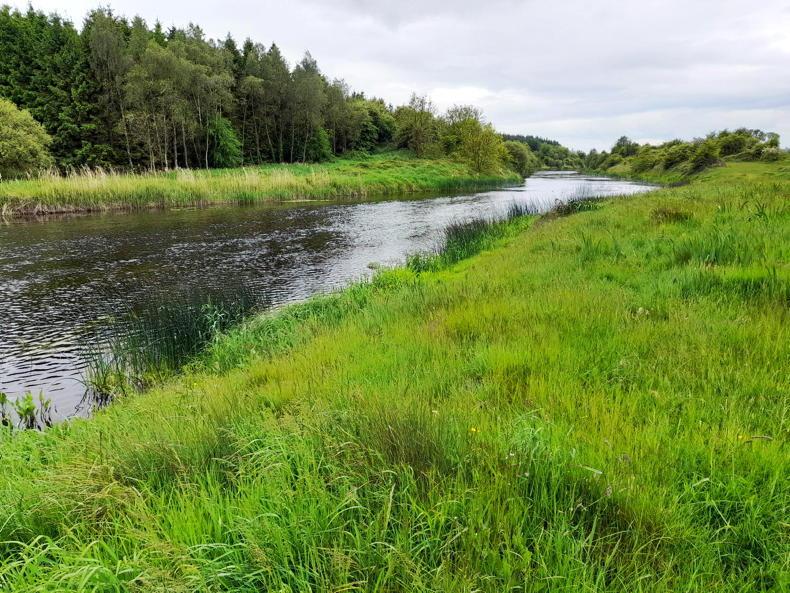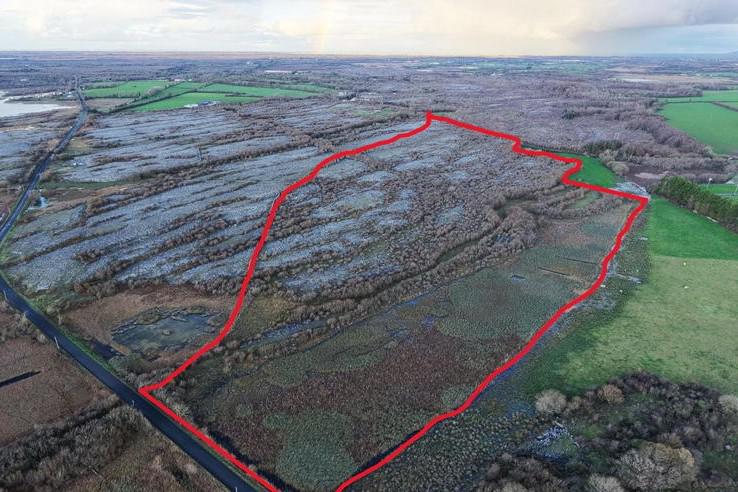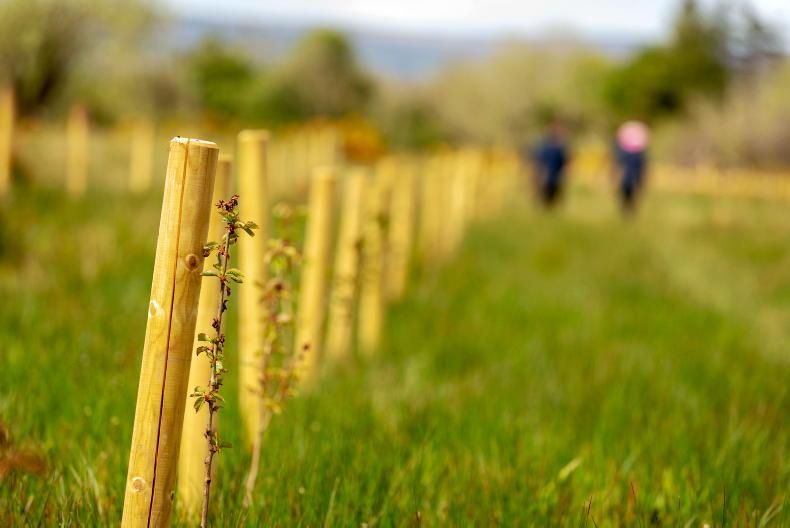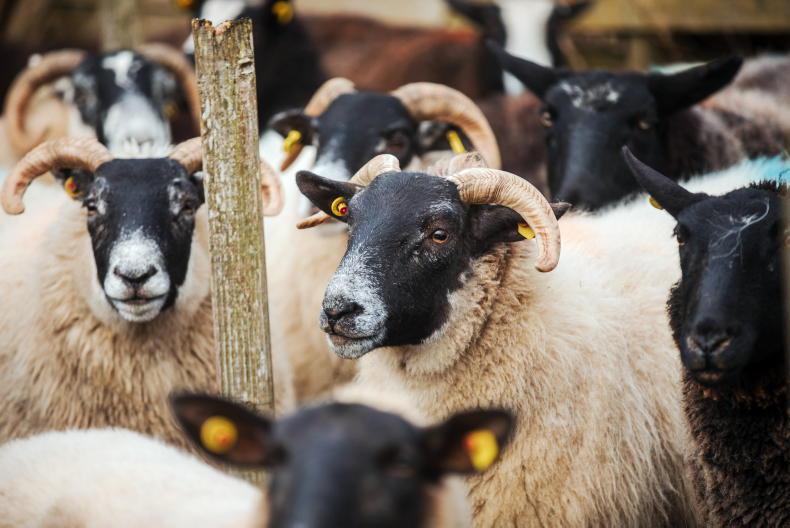Trail showcases semi-natural grasslands
Semi-natural grasslands are highlighted as being essential for biodiversity and the new grasslands trail initiative aims to showcase their worth.
<div id='div-gpt-ad-1753366990195-0' style='min-width: 300px; min-height: 250px;'>
<script>
googletag.cmd.push(function() { googletag.display('div-gpt-ad-1753366990195-0'); });
</script>
</div></div><p>With regard to abandonment, active management of grasslands was highlighted at the launch as being essential to their survival: “Without it, most of these grasslands would decrease in quality or turn to scrub or woodland. Woody habitats are valuable, but we must take care not to lose our biodiverse open habitats. Appropriate levels of management are essential and include extensive, rather than intensive, levels of grazing and mowing. Generally the use of chemicals such as fertilisers and pesticides are low to none, and ploughing or reseeding doesn’t happen. All of these factors allow a diversity of plants and animals to thrive.”</p><p>Minister Noonan outlined: “Our natural grasslands act as reservoirs for biodiversity. Their decline in recent years is a serious cause for concern because of the variety of beautiful birds, insects and flowers that depend on them for survival. All of the sites featured in this wonderful Grasslands Trail show that through careful, sensitive management such as extensive grazing through a farming for nature approach, we can prevent the disappearance of these incredible places.” </p><p>Dr Maria Long, grassland ecologist with NPWS, said that these areas can be productive areas for farming, citing an example of producing excellent quality beef from out-wintered cattle used to manage these habitats. </p><p>The Grasslands Trail sites are as follows Ballycastle Golf Club, Co Antrim; Castletown House, Kildare; Doneraile Estate, Co Cork; Farmland at the Rocks, South Roscommon; Glengarriff Nature Reserve, Cork; Newbridge House and Farm, Kildare; Sheskinmore Nature Reserve, Donegal; Slieve Carran / Keelhilla Nature Reserve, part of Burren National Park and Tymon Park, Dublin. </p><p>More information about the Grasslands Trail is available at www.greatirishgrasslands.ie.</p><p><strong>€600,000 funding for peatlands scheme</strong></p><div att="2" class="mx-auto w-auto w-fit text-center gadvertisementheader px-2 pb-2 mb-2"><span class=" my-font-roboto-regular text-[0.625rem] my-text-color-gray-1 text-center">ADVERTISEMENT</span><!-- /144848334/new2025-articlepage-deskmob-slot3-300x250 -->
<div id='div-gpt-ad-1753367097616-0' style='min-width: 300px; min-height: 250px;'>
<script>
googletag.cmd.push(function() { googletag.display('div-gpt-ad-1753367097616-0'); });
</script>
</div></div><p>Applications are now open for a new community-led Peatlands and Natura Community Engagement Scheme 2024. The scheme, which has €600,000 funding available, covers up to 80% of project costs and offers grants of up to €40,000 for Natura 2000-designated sites and grants of up to €20,000 available for non-Natura peatland sites. </p><p>The scheme was first established in 2018, with the aim of providing funding to support the conservation and revitalisation of raised bog and blanket bog Special Areas of Conservation (SACs) and Natural Heritage Areas (NHAs) and other peatland areas. </p><p>The National Parks and Wildlife Service (NPWS) explains that to align with the priorities and objectives of the NPWS and meet Ireland’s obligations under the nitrates directives, this scheme is now being expanded to include communities that wish to foster better engagement with other designated and protected habitats, as well as peatland habitats. </p><p>Applications are invited across a diverse range of initiatives, with a community benefit including:</p><li>Events, education programmes, promotions, publications, exhibitions.</li><li>Development of conservation management plans, public amenity and recreational measures, maintenance measures that support conservation measures.</li><li>Monitoring or surveying work to inform of restoration/conservation projects.</li><li>Invasive species and fire control measures.</li><li>Anti-littering initiatives to local environmental improvements in the area of the designated sites and other peatland areas.</li><p>Further details are available at www.npws.ie.</p><p></p><p></p>










SHARING OPTIONS